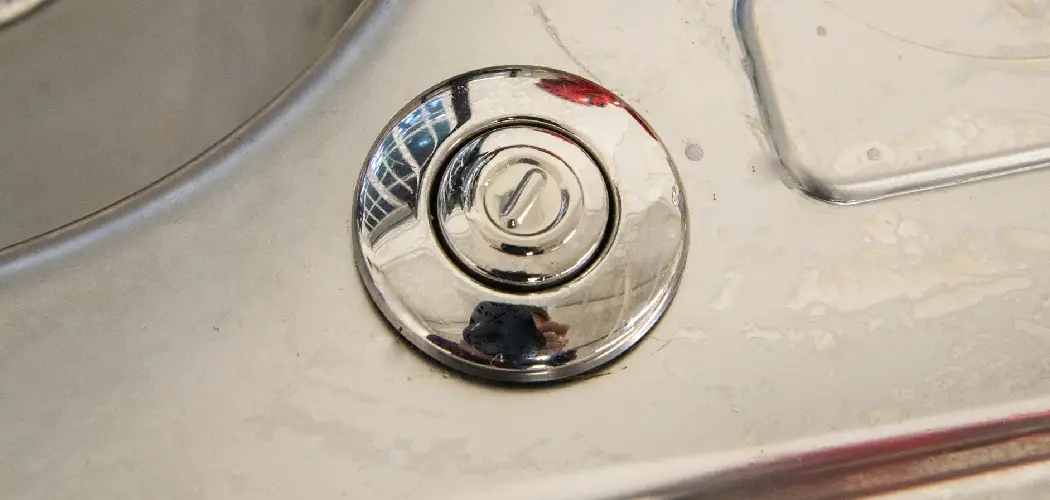A stuck sink stopper can be frustrating and inconvenient, causing water to accumulate and potentially leading to unpleasant odors or even water damage. Whether the stopper is jammed with debris, or there’s a mechanical issue with the linkage, this tutorial will guide you through simple and effective methods to free it.
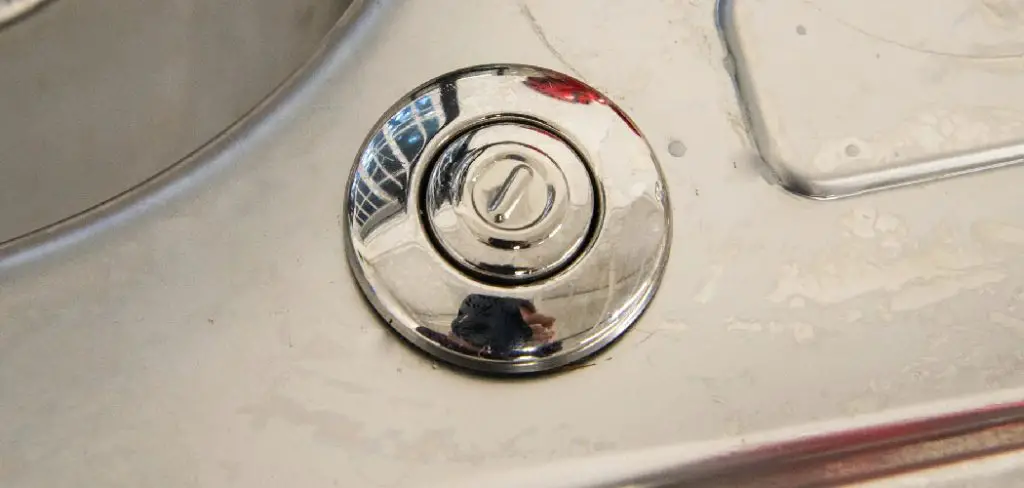
By following these steps on how to get sink stopper unstuck, you can restore proper drainage and avoid a costly call to the plumber. In this guide, we will cover the necessary tools and techniques to fix a stubborn sink stopper with ease.
What is a Sink Stopper?
A sink stopper, also known as a drain stopper or sink plug, is a mechanism used to close off the drain of a sink to hold water in the basin. It is typically operated by a lever or knob on top of the sink, which moves up and down to open and close the stopper.
Sink stoppers can come in different designs and materials, but they all serve the same purpose – controlling the flow of water in your sink. The most common types include pop-up stoppers that are connected to a rod and ball assembly, push-pull stoppers that have no mechanical linkage, and twist-and-turn stoppers that rotate to open or close the drain. Understanding the type of sink stopper you have is essential in troubleshooting and fixing any issues that may arise.
Why is My Sink Stopper Stuck?
There are several reasons why a sink stopper may get stuck, including debris buildup, corrosion, or faulty mechanical parts. Over time, gunk and hair can accumulate in the drain, causing it to clog and prevent proper movement of the stopper. In some cases, rust or mineral deposits can cause the stopper to stick to the drain flange or other parts of the mechanism. Additionally, if there is damage or wear on the linkage assembly or connecting rods, this can also lead to a stuck sink stopper.
You may also encounter a stuck sink stopper if it has been installed incorrectly. It’s important to note that if the stopper is not aligned correctly with the drain, it can cause friction and prevent smooth movement.
Tools and Materials Required
Before beginning the process, gather the following tools and materials:
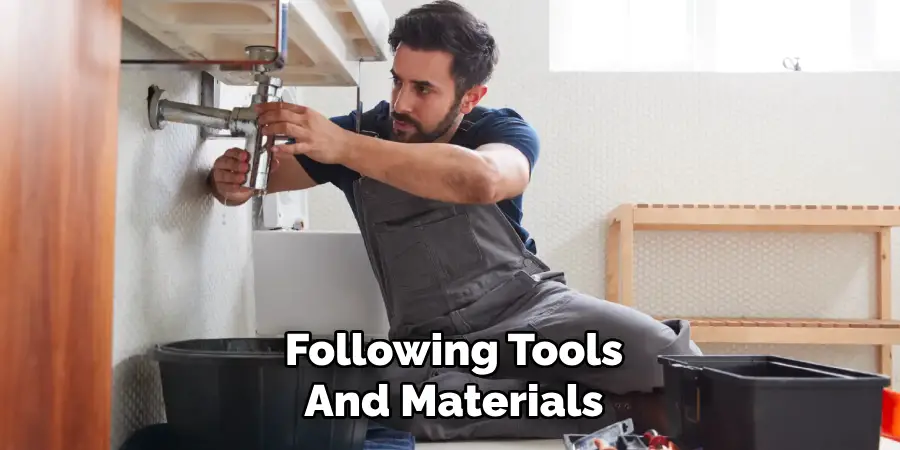
Adjustable Pliers or Channel Locks:
These tools can be used to grip and turn the drain flange or other parts of the stopper mechanism that may be stuck.
Drain Cleaner:
A chemical drain cleaner can help dissolve any debris or buildup that may be causing the stopper to stick. You can also opt for a homemade solution using vinegar and baking soda.
Lubricant:
If rust or corrosion is preventing movement, a lubricant such as WD-40 or silicone spray can help loosen the stopper.
Screwdriver:
Depending on the type of sink stopper you have, a screwdriver may be needed to access and adjust any screws or bolts holding the linkage together.
Cleaning Supplies:
It’s important to have cleaning supplies on hand, such as a bucket and sponge, to clean out any debris or grime in the sink or drain.
10 Step-by-step Guides on How to Get Sink Stopper Unstuck
Step 1: Inspect the Sink Stopper
Begin by inspecting the sink stopper to identify the type and any visible issues. Lift the stopper by pulling it up or turning the lever or knob if it is a pop-up stopper. Examine the stopper for any noticeable signs of debris, rust, or damage. Check if the stopper moves freely or if it feels stuck at any particular point.
Taking note of these initial observations will help determine the next steps needed to address the issue effectively. If the stopper is indeed stuck, carefully proceed to the next step to avoid causing further damage.
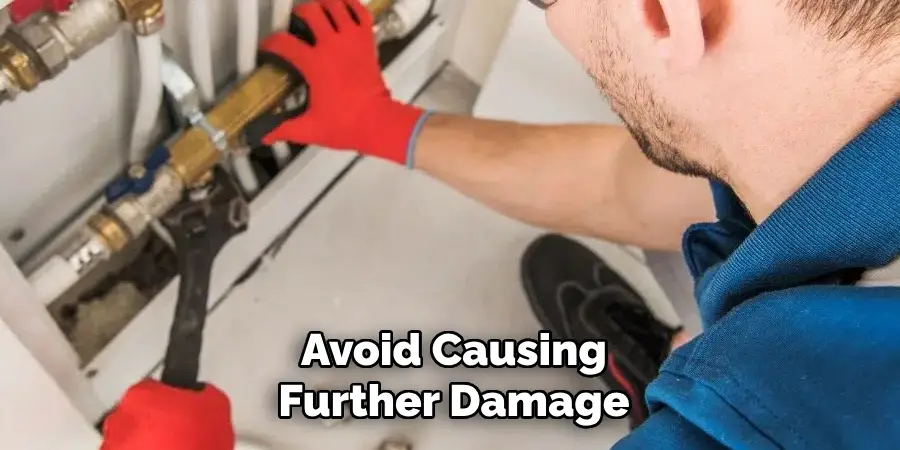
Step 2: Attempt to Lift the Stopper
If the stopper is stuck in the closed position, try gently lifting it with your fingers. In some cases, a small amount of force may be enough to release the stopper from being stuck. If this method works, clean out any debris from under the stopper and run water through the drain to ensure proper drainage.
You can also try using a plunger to create suction and pull the stopper upwards if it doesn’t budge with your fingers. The plunger can also help loosen any clogs that may be causing the stopper to stick.
Step 3: Use Pliers to Turn the Stopper
If lifting the stopper doesn’t work, use adjustable pliers or channel locks to grip and turn the stopper counterclockwise. This will unscrew the stopper from the drain flange, allowing you to remove it completely. Once removed, inspect and clean out any debris or buildup on both the stopper and drain opening. Then, reattach the stopper by turning it clockwise until it is securely in place.
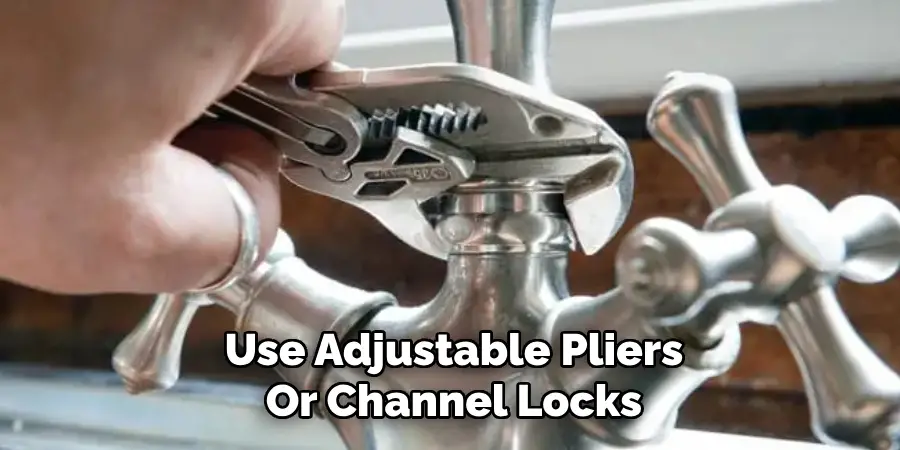
You can also try using pliers to turn the stopper in the opposite direction if it is stuck in the open position. This may help loosen any debris or buildup and allow for smoother movement of the stopper.
Step 4: Utilize a Drain Cleaner
If there is visible debris or grime preventing movement, apply a chemical drain cleaner according to the manufacturer’s instructions. You can also make your own solution by pouring equal parts baking soda and vinegar down the drain, followed by hot water after 15-20 minutes. Flush out the drain with water and attempt to move the stopper again.
Note: Be cautious when handling chemical cleaners, as they can be harmful to skin and eyes. Wear protective gloves and eyewear during this step.
Step 5: Apply Lubricant
If rust or corrosion is the culprit, spray a lubricant such as WD-40 or silicone spray onto the stopper and surrounding areas. Let it sit for a few minutes to allow for penetration, then attempt to move the stopper. You may need to repeat this process a few times if the stopper remains stuck.
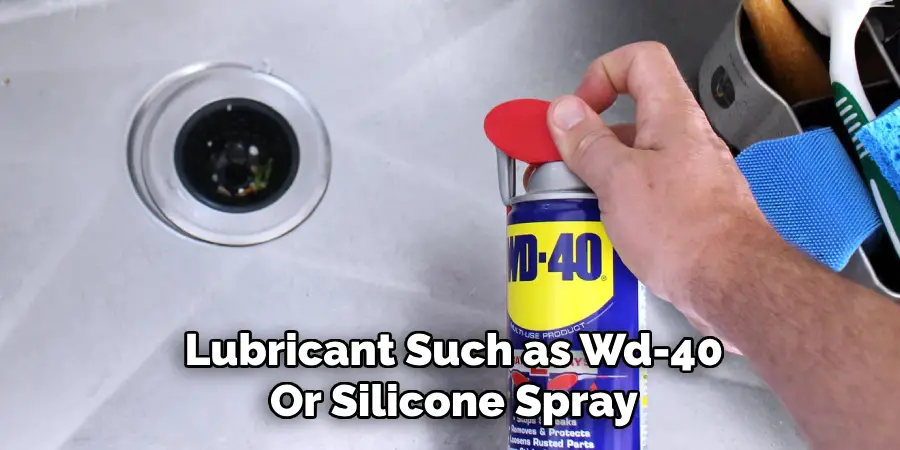
Wipe away any excess lubricant before using the sink, as it can be slippery and cause accidents. The sink may also need to be cleaned afterward to remove any greasy residue.
Step 6: Adjust Connecting Rods
For pop-up stoppers, there may be connecting rods that link the lever or knob on top of the sink to the stopper below. These rods can become misaligned over time, causing friction and preventing smooth movement of the stopper. Using a screwdriver, loosen and adjust any screws or bolts on the connecting rods to realign them with the stopper.
The stopper should now move up and down freely when the lever or knob is turned if it doesn’t, continue to the next step.
Step 7: Clean Out Drain Opening
If none of the above methods have worked so far, there may be debris or buildup in the drain opening that is causing the stopper to stick. Use a pair of pliers or tweezers to remove any visible blockages from the opening. Then, run hot water through the drain to flush out any remaining residue.
You can also use a plumbing snake or auger to reach deeper into the drain if needed. For stubborn clogs, you may need to repeat this step multiple times or seek professional assistance.
Step 8: Remove and Clean the Drain Stopper Assembly
For more complicated stopper mechanisms, such as push-and-pull or toe-touch styles, you may need to remove the entire assembly from underneath the sink. This will require a screwdriver to loosen any screws or bolts holding it in place.
Once removed, clean out any debris or buildup from the assembly and reattach it carefully. Test the movement of the stopper before making final adjustments.
Step 9: Seek Professional Assistance
If all else fails, it’s best to seek professional assistance. A plumber will have the necessary tools and expertise to safely and effectively unstick your sink stopper without causing any damage.
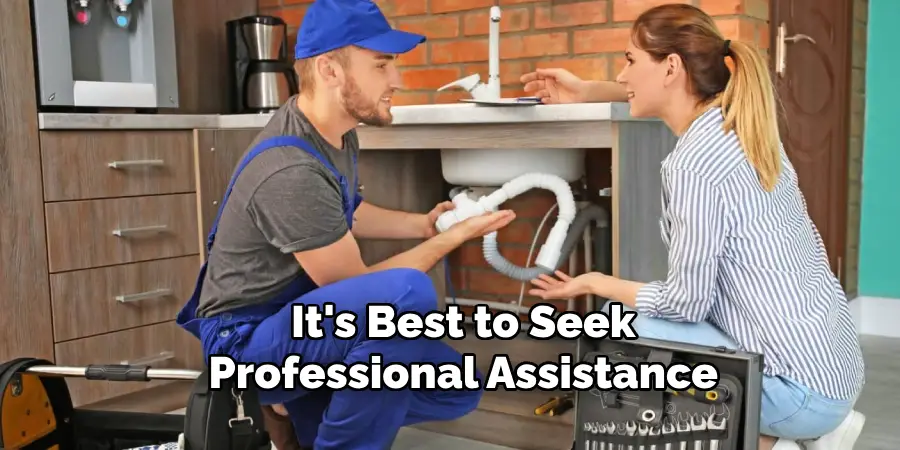
They can also identify any underlying issues that may be causing repeated sticking of the sink stopper and provide long-term solutions.
Step 10: Maintain Regular Cleaning
To avoid future problems with a stuck sink stopper, it’s important to establish a regular cleaning routine for your sink and drain. This includes using drain cleaners or natural solutions on a monthly basis, removing any visible debris from the drain opening, and wiping down the sink stopper regularly.
Following these steps on how to get sink stopper unstuck can help prevent buildup and ensure the smooth operation of your sink stopper. Remember to always exercise caution and seek professional help if necessary for more complex issues. Happy cleaning!
Preventive Maintenance Tips
Regular Cleaning:
Keep your sink and drain spotless by cleaning them weekly. Use a mild, non-abrasive cleaner to scrub the sink and the stopper itself. Additionally, pour hot water down the drain to dislodge any grease or soap buildup.
Avoid Clogs:
To prevent clogs, try to avoid putting large chunks of food or other debris down the drain. Use a sink strainer to catch any unwanted objects and dispose of them properly.
Flush with Hot Water:
Once a month, pour hot water down your sink drain for about 15 seconds to flush out any potential blockages before they become a problem.
Use Natural Cleaners:
If you prefer natural cleaners, try using a mixture of equal parts baking soda and vinegar followed by hot water to clean and maintain your sink’s drainage system. This can also help remove any unpleasant odors from your drain.
By following these preventive maintenance tips in addition to regular cleaning, you can help prolong the lifespan of your sink stopper and prevent it from getting stuck in the future. Overall, keeping your sink and drain clean and free of debris is key to ensuring the smooth operation of your sink stopper. Happy cleaning!
Common Mistakes to Avoid
Using Excessive Force:
One of the most common mistakes when dealing with a stuck sink stopper is applying excessive force. This can damage the stopper mechanism of the sink or even cause injury. Always try gentle methods first and use appropriate tools to avoid breaking or bending components.
Ignoring Safety Precautions:
When using chemical drain cleaners or lubricants, ignoring safety precautions can lead to serious injuries. Always wear protective gloves and eyewear, and ensure the room is well-ventilated to avoid inhaling harmful fumes.
Not Following Manufacturer’s Instructions:
Each type of sink stopper may have specific maintenance and cleaning guidelines provided by the manufacturer. Failing to follow these instructions can result in damage to the stopper or void any existing warranties. Always refer to the manufacturer’s manual for the best practices.
Neglecting Regular Maintenance:
Many problems with sink stoppers arise due to a lack of regular maintenance. Skipping regular cleaning can lead to debris buildup and corrosion, which causes the stopper to stick. Establish a routine maintenance schedule to prevent such issues.
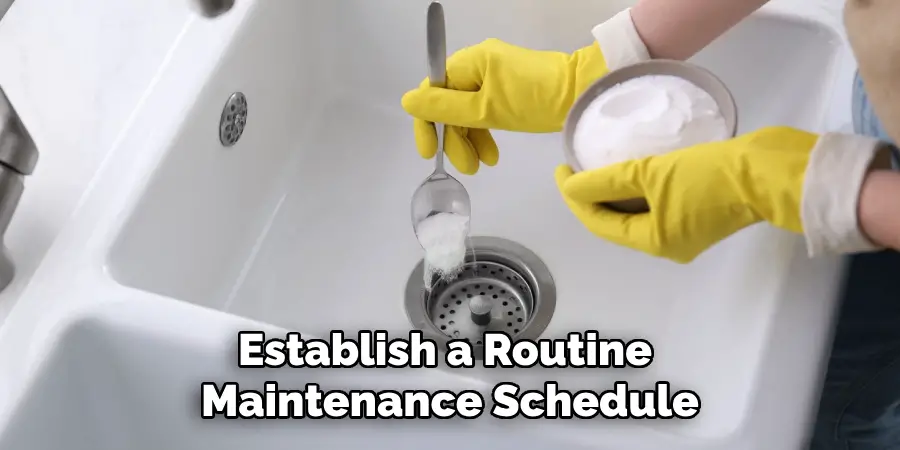
Mixing Incompatible Chemicals:
Combining different types of chemical cleaners can result in dangerous reactions, producing toxic fumes or even causing explosions. Always use one type of cleaner at a time and rinse thoroughly before using another product.
Ignoring Professional Help:
Attempting to fix complicated issues without the necessary expertise can make the problem worse. If none of the DIY methods work, or if you’re uncomfortable with any step, it’s wise to call a professional plumber to diagnose and fix the issue safely.
By avoiding these common mistakes, you can ensure that your attempts to unstick your sink stopper are safe and effective. Always approach the task with caution, follow guidelines, and don’t hesitate to seek professional assistance when needed.
When to Seek Professional Help?
While many sink-stopper issues can be resolved with DIY methods, there are certain situations where it’s best to seek professional assistance. If you encounter any of the following scenarios, consider calling a licensed plumber:
Persistent Clogs:
If your sink continues to clog despite repeated attempts to clear it, there could be an underlying issue in the plumbing system that requires professional diagnosis and repair.
Complicated Stopper Mechanisms:
Some sink stoppers, like those in vintage or designer sinks, have intricate mechanisms that may be damaged if not handled correctly. A professional will know how to disassemble, clean, and reassemble these stoppers without causing harm.
Leaks and Water Damage:
If you notice any leaks or water damage around your sink, these could indicate issues beyond a stuck stopper, such as faulty seals or a deteriorating plumbing system. A professional can assess and fix these problems effectively.
Unfamiliar with Plumbing:
If you find yourself uncomfortable or unfamiliar with plumbing tasks, it’s safer to call a professional. They have the expertise and tools to handle the job without causing further damage or risking injury.
Prominent Chemical Odors:
If chemical cleaners have been used extensively and you are noticing persistent odors, a professional can help neutralize the chemical residue and ensure the plumbing system is safe and functional.
Severe Corrosion or Damage:
In cases where the stopper or sink drain shows signs of severe corrosion or physical damage, a professional may need to replace parts to restore proper functionality.
Compliance with Building Codes:
Certain repairs or modifications to plumbing systems must comply with local building codes. Professional plumbers are knowledgeable about these codes and will ensure that any work performed adheres to legal requirements.
Seeking professional help when necessary not only ensures the job is done correctly but also helps prevent further damage and future problems. Always prioritize safety and rely on professional expertise when needed to maintain your sink and plumbing system in optimal condition.
Frequently Asked Questions
Q: How Do I Know if the Sink Stopper is Stuck?
A: If you are unable to move the sink stopper up or down, or if it feels stuck at a certain position, then it is likely stuck. You may also notice slow or non-existent drainage, indicating a potential blockage caused by a stuck stopper.
Q: Can I Use Any Type of Drain Cleaner?
A: It’s important to use drain cleaners that are safe for your specific type of sink and plumbing system. Follow the manufacturer’s instructions carefully and avoid mixing different types of cleaners, as this can create harmful fumes. If you’re unsure, opt for natural solutions such as baking soda and vinegar to avoid any potential damage.
Q: How Often Should I Clean My Sink Stopper?
A: It is recommended to clean your sink stopper at least once a month to prevent buildup and maintain smooth operation. However, if you notice any issues with your sink draining or the stopper becoming stuck, it’s best to clean it more frequently or seek professional help. There are also sink cleaning products available that can be used for regular maintenance and keep your sink stopper functioning properly.
Q: What Causes a Sink Stopper to Stick?
A: The most common causes of a stuck sink stopper include debris or grime buildup, rust or corrosion, misaligned connecting rods, and clogged drain openings. Regular cleaning and maintenance can prevent these issues from occurring. If you notice recurring problems with your sink stopper sticking, there may be underlying plumbing issues that require professional attention. By following these steps on how to get a sink stopper unstuck and maintaining regular cleaning habits, you can ensure the smooth operation of your sink stopper and prevent potential plumbing problems in the future. Happy cleaning!
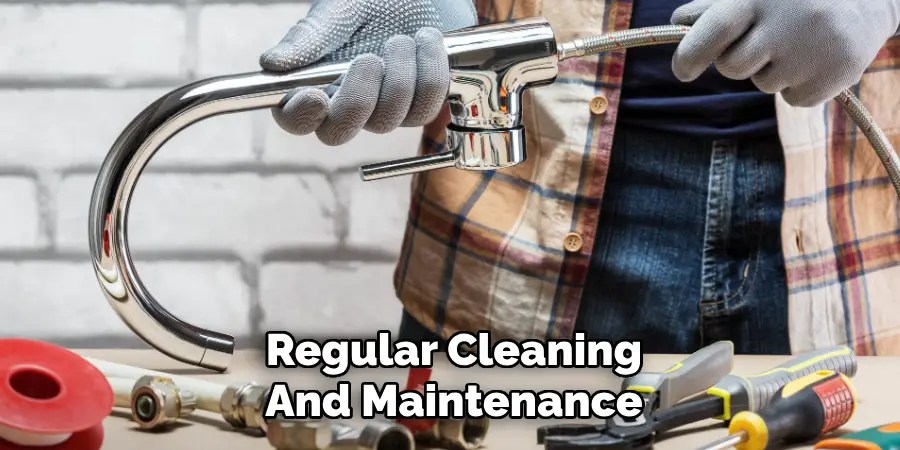
Conclusion
Addressing a stuck sink stopper can be a straightforward process if approached methodically. By following the steps outlined—from inspecting the stopper to adjusting connecting rods and utilizing drain cleaners—you can resolve most issues without the need for professional assistance. Remember to exercise caution, especially when handling chemical cleaners and tools.
Regular maintenance is also key to preventing future problems and ensuring the longevity of your sink’s components. If all else fails, don’t hesitate to contact a professional plumber to handle the situation. With proper care and routine upkeep, you can keep your sink stopper functioning smoothly for years to come. Thanks for reading this article on how to get sink stopper unstuck.

